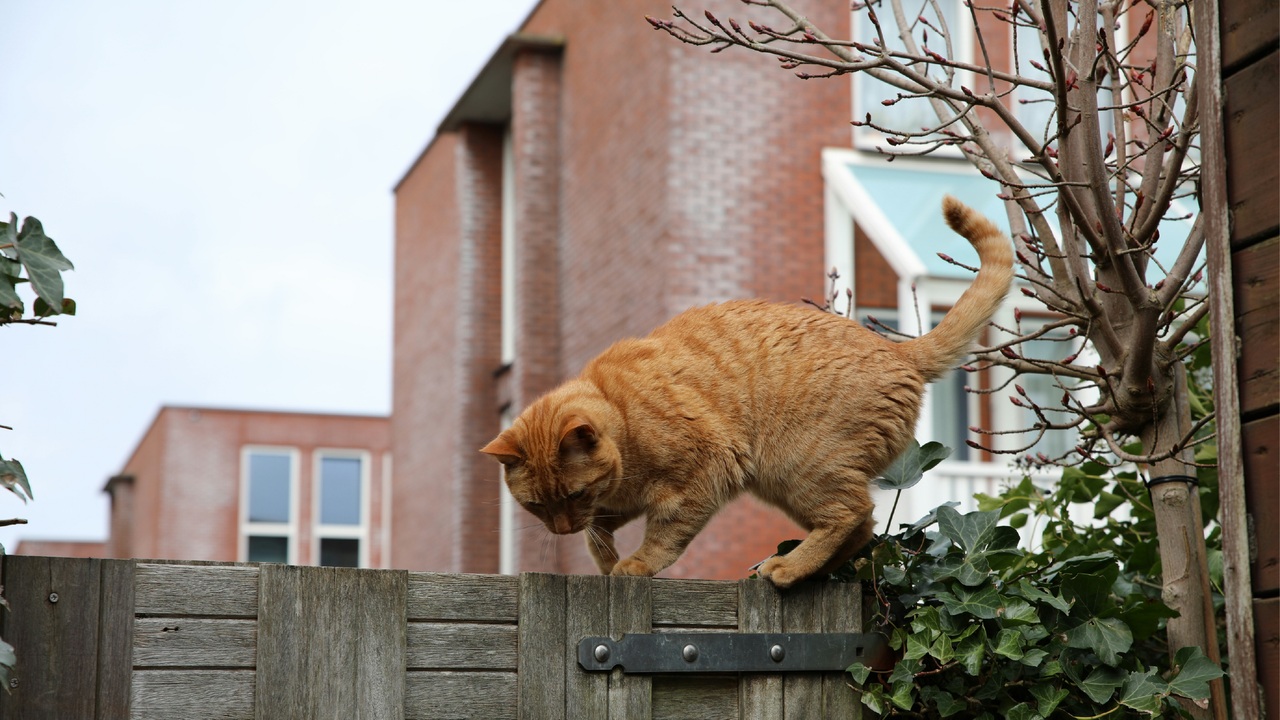Why Do Cats Spray? Understanding and Stopping Urine Marking
If your cat has started leaving small urine marks on walls, doors, or furniture, you might be dealing with cat spraying—a common but frustrating behaviour. Unlike accidents outside the litter box, spraying is not about poor toilet habits. It’s a form of communication, and your cat is trying to send a message.
In this guide, we’ll cover what cat spraying is, why it happens, how to recognize it, and the best ways to stop it.
What Is Cat Spraying?
Spraying (also called urine marking) happens when a cat releases a small amount of urine against a vertical surface. Unlike a normal bathroom trip, this behaviour is usually linked to stress, territory marking, or changes in the environment.
Cats may spray when:
- They feel threatened by other cats (indoors or outside).
- Their routine or environment has changed (a move, new baby, or even shifting furniture).
- They’re anxious or unsettled.
In short, spraying is your cat’s way of saying, “I’m stressed” or “This space belongs to me.”
How to Recognize Cat Spraying
Spraying looks different from a typical bathroom visit. You may notice your cat:
- Sniffing an area intensely.
- Backing up against a vertical surface.
- Holding their tail stiff and quivering.
- Releasing a small, strong-smelling stream of urine.
Marks are often found on walls, doors, or furniture rather than on the floor or in large puddles.
? Do female cats spray? Yes, though it’s less common. Spraying in females is usually stress-related.
? Do male cats spray? Yes, and they are more likely to spray than females. Desexing often reduces spraying, but underlying stress still needs to be addressed.
When Spraying Could Signal a Health Problem
Sometimes what looks like spraying may actually be a medical issue. If your cat suddenly starts urinating in unusual places, consult your vet to rule out:
- Bladder infections
- Urinary tract disease
- Kidney or liver disease
- Diabetes
- Thyroid problems
Stress itself can also trigger conditions like Feline Lower Urinary Tract Disease (FLUTD), which can worsen if untreated. Always check with your vet before assuming it’s purely behavioural.
How to Stop Cat Spraying
Unfortunately, there’s no “one-size-fits-all” cure. The key is to reduce stress and restore your cat’s comfort.
Steps to Help Manage Spraying:
- Visit your vet first. Rule out medical issues before treating it as a behavioural problem.
- Reduce stressors. Identify what has changed—new pets, smells, or rearranged spaces—and make adjustments if possible.
- Provide enough litter boxes. In multi-cat households, aim for one tray per cat plus one extra. Trays should be 1.5 times the length of your cat.
- Use pheromone products. Products that mimic calming cat pheromones and can ease anxiety.
- Create safe spaces. Give your cat quiet, secure areas to retreat to.
- Clean thoroughly. Remove odours quickly so your cat isn’t tempted to spray the same spot again.
- Vet-guided treatment. In severe or ongoing cases, your vet may recommend long-term pheromone therapy or medication.
? You can also shop our Anxiety & Stress Relief range, featuring trusted brands like PAW By Blackmores, Zylkene, and Vetalogica, which may help keep your cat calmer and reduce stress-related behaviours such as spraying.
Cleaning Up After Cat Spraying
Proper cleaning not only keeps your home fresh but also prevents repeat marking.
- Use enzymatic cleaners designed for pet urine—these break down the smell instead of just masking it.
- Avoid ammonia-based cleaners (they smell like urine to cats).
- Consider repellent sprays to discourage your cat from returning to the same spot.
- For reliable disinfection, try F10SC Veterinary Disinfectant, a vet-trusted product that eliminates harmful microbes and helps neutralise lingering odours.
Spraying is one of the most common (and stressful) behaviour issues cat owners face—but it’s also one of the most treatable when approached with patience and veterinary guidance. By understanding the reasons behind the behaviour, reducing stress, and keeping your cat’s environment secure, you can help your cat feel more at ease—and protect your home in the process.
Recent Articles
-
Why Do Cats Spray? Understanding and Stopping Urine Marking
18th Sep 2025If your cat has started leaving small urine marks on walls, doors, or furniture, you might be dealin
-
How Much Should You Walk Your Dog? 5 Key Rules to Follow
18th Sep 2025Walking your dog isn’t just about stretching their legs — it’s about keeping them healthy, happy, an
-
A Guide to Sharing Safe Treats with Your Feline Friend
16th Jan 2025As cat owners, it’s natural to want to share the joy of mealtime with your furry companion. However,
- Read more articles




